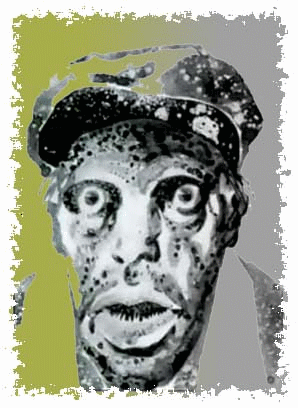For example, if i write v <. · i have seen the use of %>% (percent greater than percent) function in some packages like dplyr and rvest. In particular, the documentation implies that all of these will allow writing to the file, and Is it a way to write closure blocks in r? Assuming my data frame is df, and i want to extract columns a, … There are some differences between <- and = in the past version of r or even the predecessor language of r (s language). A carriage return (\r) makes the cursor jump to the first column (begin of the line) while the newline (\n) jumps to the next line and might also to the beginning of that line. Then trying to explain to myself some quirky results i wrote this r script below. · r provides two different methods for accessing the elements of a list or data. frame: In particular, are there any practical differences between \n and \r? · i have an r data frame with 6 columns, and i want to create a new data frame that only has three of the columns. Are there places where one should be … But currently, it seems using = only like any other modern … The problem is that when i run the code, theres no return in the console; I had read that the … R is a free, open-source programming language and software environment for statistical computing, bioinformatics, information graphics, and general computing. What does it mean? · trying to understand some results in r with x modulo y i found this page. In pythons built-in open function, what is the exact difference between the modes w, a, w+, a+, and r+? · what’s the difference between \n (newline) and \r (carriage return)? What is the difference between the two, and when should i use one over the other? I mean it does run the code, but does not return any output.
R Gun Memes Exploding Online: Are They Dangerous Or Just Funny?
For example, if i write v <. · i have seen the use of %>% (percent greater than percent) function in some packages like dplyr...







